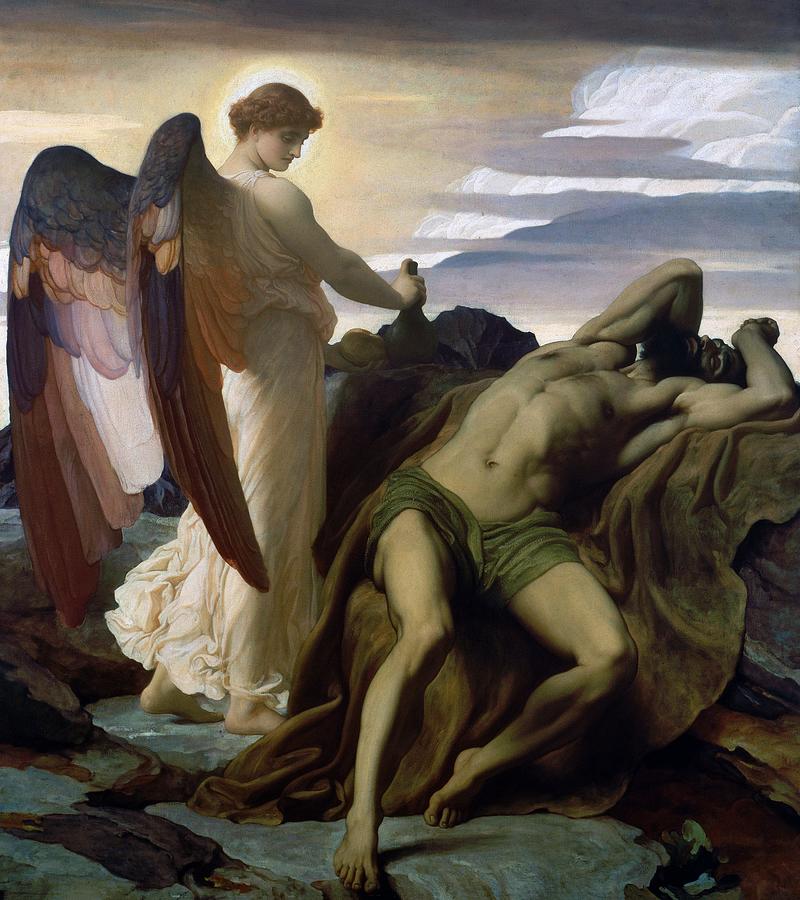
Count Paris is at the right, with Friar Laurence behind him. Lord and Lady Capulet are closest, with Juliet’s nurse behind. She is surrounded by her immediate family, the Capulets, who are shown highlighted for emphasis. Leighton shows Juliet apparently dead, laid out at home before she is moved to the crypt. Frederic, Lord Leighton (1830–1896), The Feigned Death of Juliet (1856-8), oil on canvas, 113.6 x 175.2 cm, Art Gallery of South Australia, Adelaide, Australia. Following this triple death, the Capulet and Montague families make peace and end their feud. When Juliet awakens from her coma, she sees Romeo dead, and stabs herself with his dagger.


Meeting her fiancé, the two men fight, and Romeo kills her fiancé before taking poison himself. Learning of Juliet’s apparent death from his servant, Romeo buys poison, and goes to the crypt in which Juliet is laid out. However a messenger intended to inform Romeo of Juliet’s plan fails to reach Romeo in time. The play reaches a climax when Juliet is then discovered apparently dead, and her body is placed in the family crypt. The friar who performed their marriage offers her a potion which will put her into a deathlike coma for forty-two hours, which she takes in order to avoid her arranged marriage. After her secret marriage to Romeo, Juliet is promised in marriage to Count Paris, of the ruling house of Verona. Shakespeare’s tragedy Romeo and Juliet (published 1597) explores the relationship between two lovers from families engaged in a long-standing feud, in Verona, Italy. Leighton, who painted this when he was in Italy, thus uses this simple story to discuss Brunelleschi’s perspective and its effects in painting in a visual manner. The complex array of buildings seen between the window and the dome appear to defy correct perspective projection, but have in fact been carefully projected, and contrast with the flatness of the dying man. Brunelleschi is shown half-recumbent in extremis in a chair, as if flattened onto a two dimensional plane. Leighton follows convention in locating Brunelleschi’s death in a building in Florence, whose window opens to a view of the dome of the cathedral. Frederic, Lord Leighton (1830-1896), Death of Brunelleschi (1852), oil on canvas, 256.5 x 188 cm, Leighton House Museum, London. It was he who designed and supervised the construction of the brick dome of the Santa Maria del Fiore cathedral in Florence. Wikimedia Commons.įilippo Brunelleschi (1377-1446) was a central figure in the Southern Renaissance, an architect and civil engineer who is generally credited with developing the first geometrically correct perspective projection for use in 2D drawings and paintings. illustration for Romola (1862), wood engraving by Joseph Swain, dimensions not known, first published in Cornhill Magazine, January 1863. Frederic, Lord Leighton (1830–1896), “You didn’t think it was so pretty did you?”.
#Frederic leighton paintings series
He painted many superb and very painterly plein air oil sketches around Europe, some huge murals, and even made a set of book illustrations for George Eliot’s historical novel Romola, which was first published in a 14-part series in Cornhill Magazine during 1862-3. It is often not appreciated that Leighton did not simply turn out fashionable eye-candy such as his still hugely popular Flaming June (1896), but tackled a wide variety of genres and subjects. Whether or not you have a taste for his paintings, he was an extremely accomplished narrative painter, and his work merits examination in that context. It is only in recent years that it has been re-evaluated and he is in the process of being ‘rehabilitated’.

With the popularity of Impressionism and Post-Impressionism at the end of the nineteenth and into the twentieth centuries, Leighton’s work was not just forgotten, but reviled for many decades. However Wikipedia does not list him for sculpture either, although he was also an accomplished sculptor.

He trained under the Austrian history painter Eduard von Steinle, Giovanni (Nino) Costa, a Roman member of the Macchiaioli, at the Accademia di Belle Arti in Florence, and then lived in Paris from 1855-1859.Īlthough Wikipedia claims that he won the coveted Prix de Rome, his name does not appear in the list of winners on Wikipedia, and elsewhere it is claimed that he won the award for sculpture rather than in painting, in 1889. Frederic, Lord Leighton (1830–1896) was a bastion of the arts establishment in the UK in the late nineteenth century, being the President of the Royal Academy from 1878 to 1896.


 0 kommentar(er)
0 kommentar(er)
